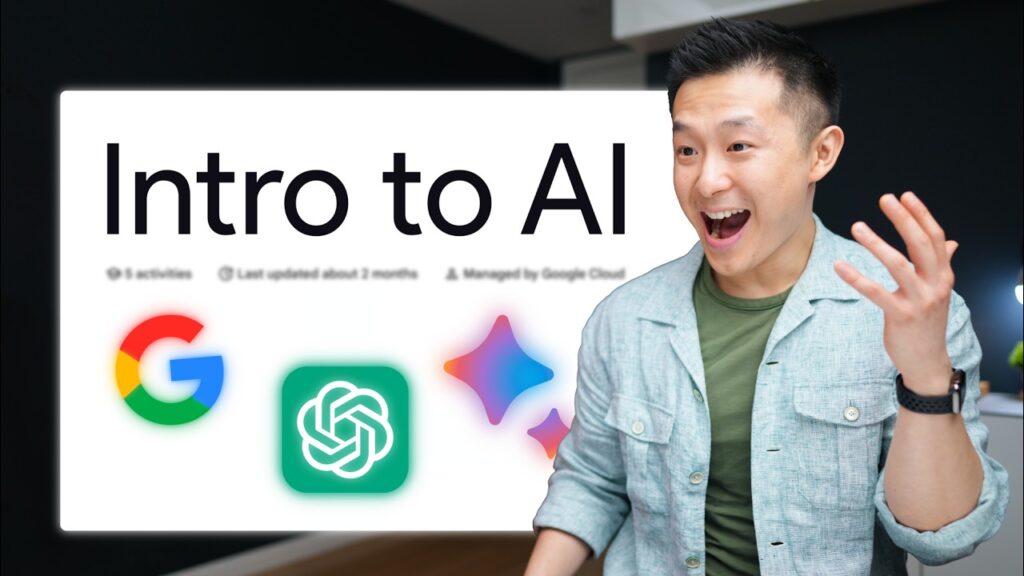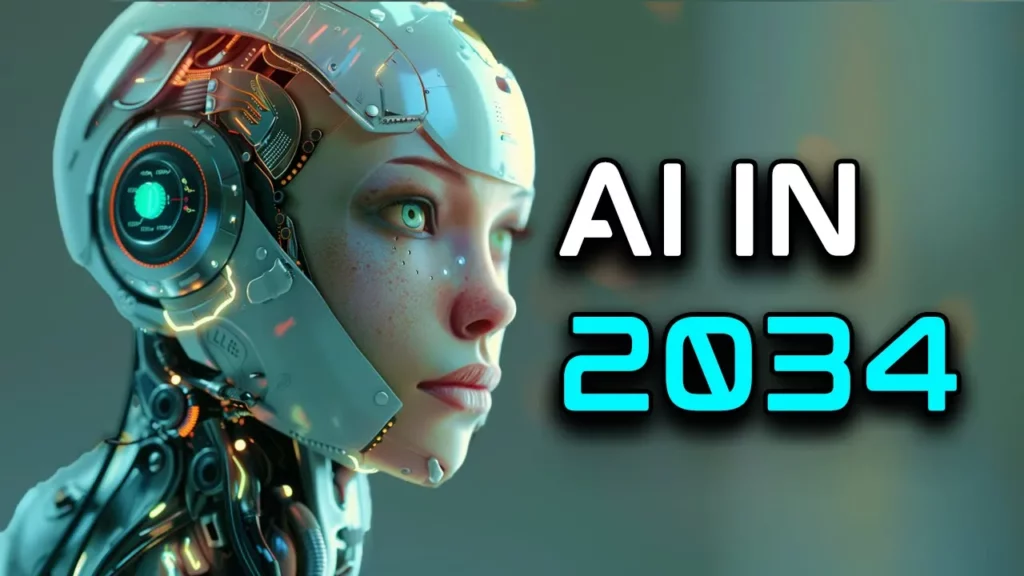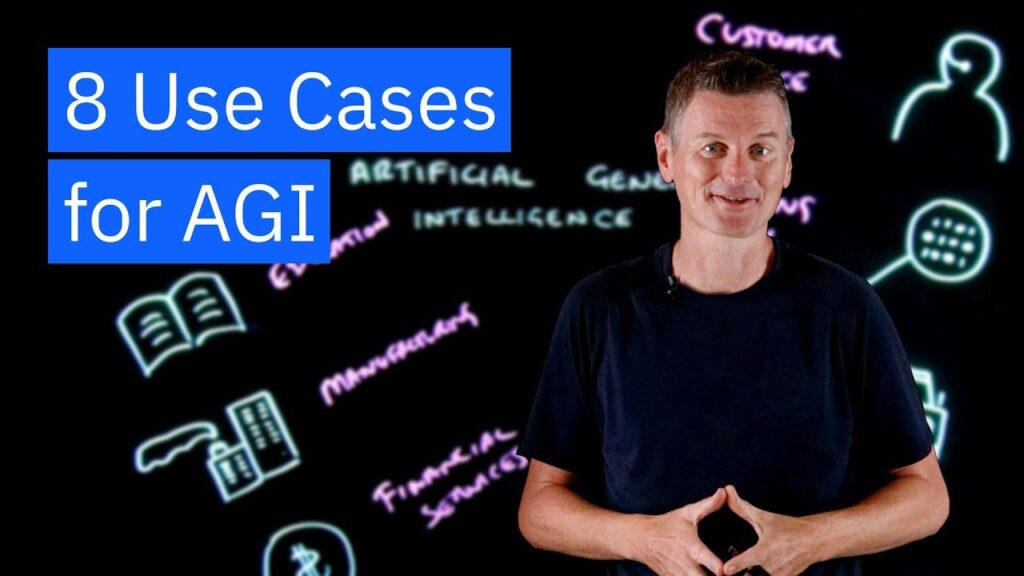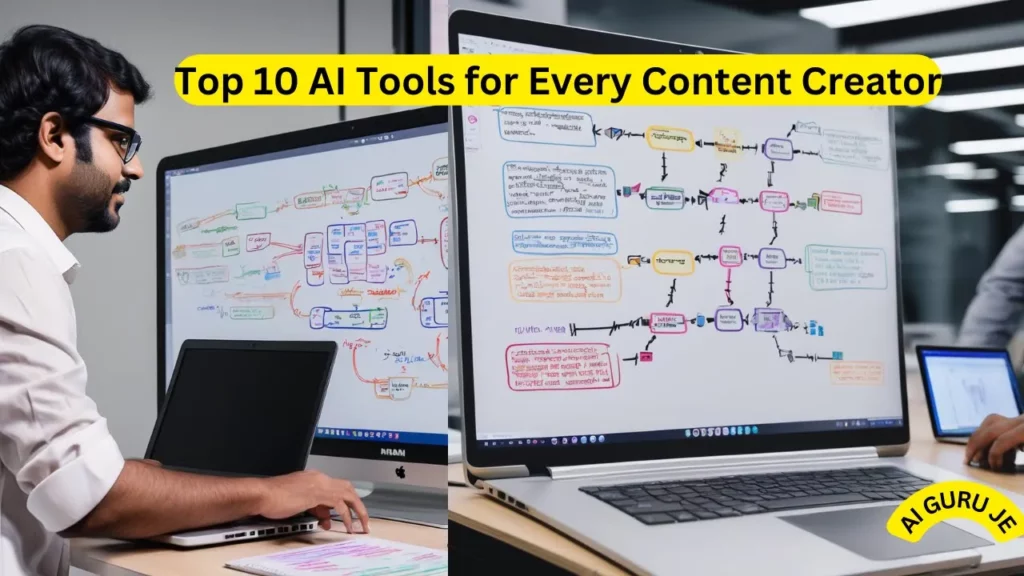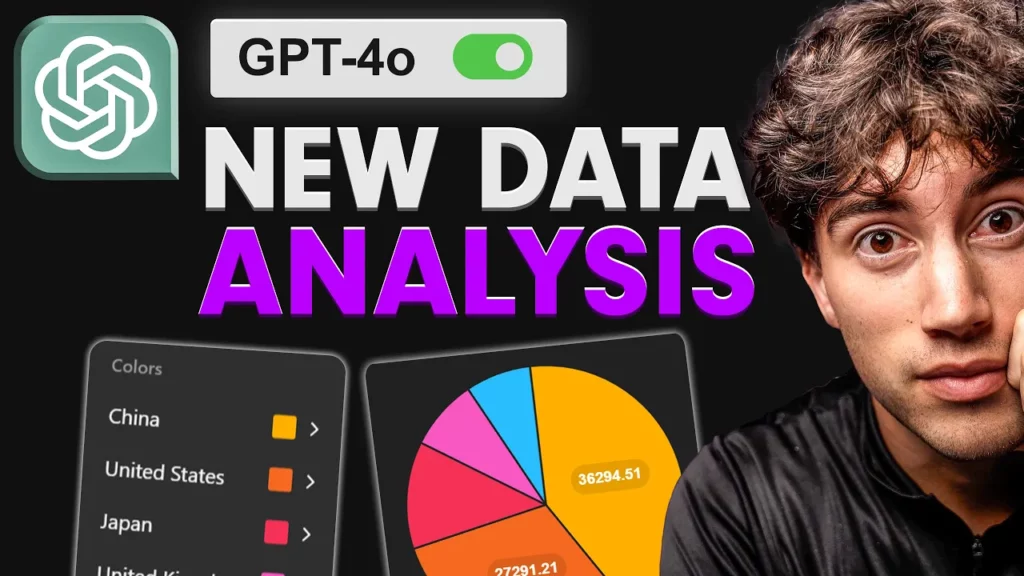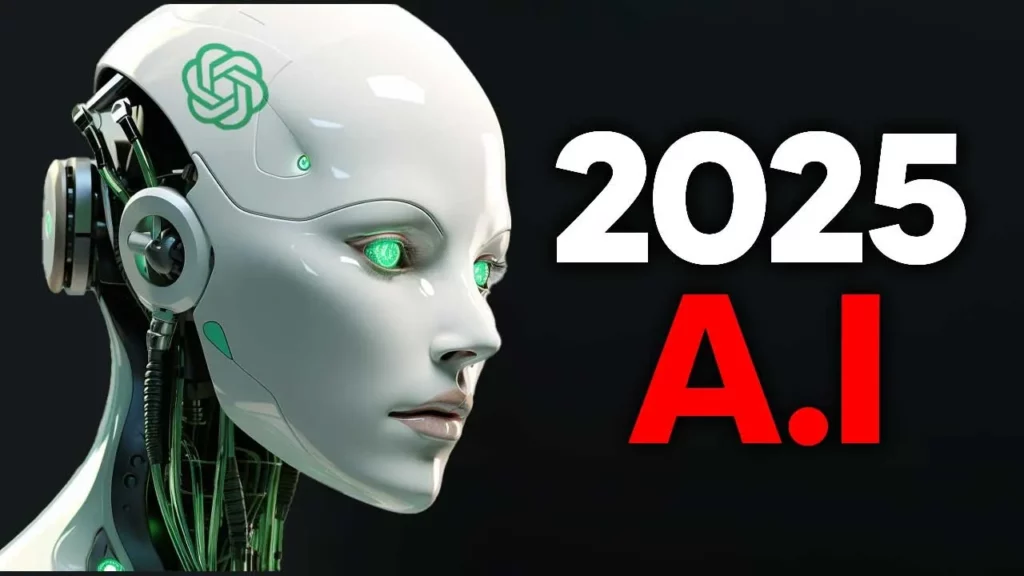Generative AI has become a focal point across various industries, driving discussions on its potential to reshape job markets and disrupt traditional sectors. The core of this AI revolution lies in the development of large language models (LLMs) like GPT 4, which are trained on massive datasets comprising diverse sources such as blogs, news articles, videos, and more.
Understanding Tokens and Parameters
Tokens serve as the basic units of input and output for LLMs, breaking down language into manageable pieces for processing. On the other hand, parameters act as the rules that LLMs learn during training to transform input data into accurate output predictions. The more parameters a model possesses, the better it can comprehend complex nuances in text and perform intricate tasks.
Exploring Context Windows and Fine-Tuning
The context window of an AI model determines the amount of information it can consider at once, enhancing the coherence and relevance of its responses. Furthermore, fine-tuning plays a crucial role in refining pre-trained models for specific tasks or domains, enabling personalized and accurate outcomes tailored to unique requirements.
Evolution of Generative AI Models
Companies like Open AI and Google have been at the forefront of developing cutting-edge generative AI models. Open AI’s GPT series, including GPT 3.5 and GPT 4, have showcased significant advancements in token handling and parameter capacity, enabling the processing of vast amounts of data efficiently. Google’s Gemini models offer similar capabilities, contributing to the diversification of generative AI solutions in the market.
Harnessing the Power of Prompt Engineering
Prompt engineering is paramount in optimizing the performance of generative AI models, ensuring that the right questions are posed to elicit the desired responses. By structuring queries effectively and leveraging prompt engineering frameworks like the “Rise or Risen” approach, users can enhance the quality and relevance of generated outputs based on their specific needs.
In conclusion, with the continuous evolution of generative AI technologies and the relentless pursuit of innovation by industry leaders, the landscape of AI applications is poised for further advancements. Understanding the core components of tokens, parameters, context windows, and fine-tuning is essential for harnessing the full potential of generative AI in driving transformative solutions across diverse domains.


